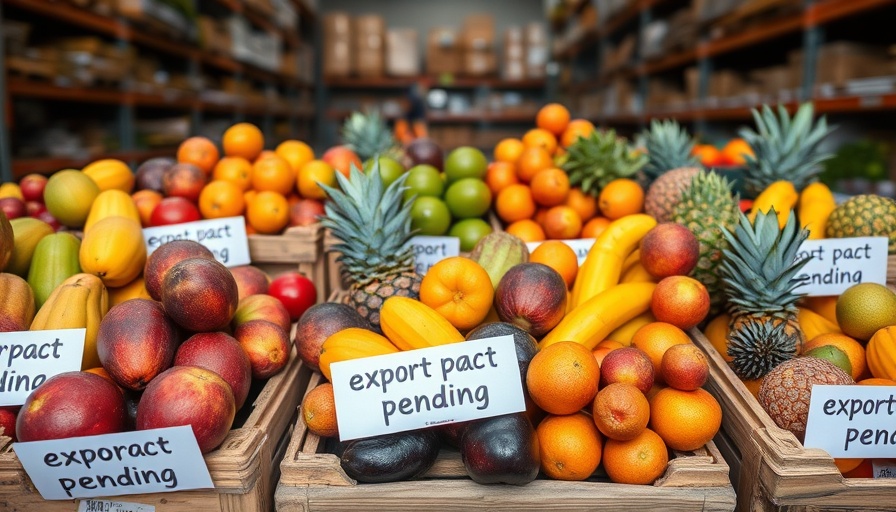
Understanding the Critical Role of Africa's Minerals in Global Energy Transition
The clean energy transition is upon us as the world aims for net-zero emissions by 2050, creating an unprecedented demand for critical minerals found in Africa. With approximately a third of the world’s known reserves situated on the continent, understanding how this mining boom impacts global health security is essential. For executives, decision-makers, and entrepreneurs, this presents not only business opportunities but also responsibilities in safeguarding health while pursuing economic gains.
Health Risks Associated with Mining Operations
Historically, extensive mining activities in Africa have triggered health hazards, including pollution and infectious disease outbreaks. Mining operations can potentially introduce new pathogens into human populations, exacerbated by human interactions, such as increased movement and changing habitation patterns. As companies push to expand operations rapidly to meet the soaring demands for cobalt, lithium, and other minerals, they ought to prioritize responsible business practices to mitigate these risks.
The Link Between Renewable Energy and Health Security
As industries pivot towards renewable energy technologies, the demand for electric vehicles, solar energy systems, and wind turbines propels the mining industry. Yet, few acknowledge the health crisis that may ensue if mining practices remain unchecked. The push for critical minerals like cobalt, dominated in global supply chains by regions like the Democratic Republic of the Congo (DRC), poses a risk not just to local environments but to global health standards as well. Increased attention to biosecurity measures could play a crucial role in supporting local communities and preserving public health.
Future Predictions: A Delicate Balancing Act
With projections from the U.S. and EU governments indicating that demand for these minerals could outstrip supply by 2035, an urgent reevaluation of policies surrounding resource acquisition is necessary. Businesses and policymakers must create frameworks that support sustainable mining practices while keeping a vigilant eye on the potential for infectious disease outbreaks linked to these operations. Failure to do so might not only damage individual businesses but also compromise broader public health initiatives globally.
Strategies for Responsible Mining
Policymakers must develop standards emphasizing environmental and community health. This could include multi-stakeholder collaborations that engage local populations in discussions on mining practices. Emphasizing transparency and sustainable practices not only protects vulnerable communities but can also enhance a company's reputation, fostering customer loyalty and shareholder trust.
Concluding Thoughts: The Call for Action
As the nexus between renewable energy and health security grows tighter, it is imperative for all stakeholders to come together. Decision-makers and industry leaders can forge pathways that ensure both prosperity and protection, navigating the intricate landscape of mineral extraction while safeguarding health. It is not merely about securing resources; it’s about fostering a sustainable approach that prioritizes people and planet over profit alone. The impending demand for clean energy must not come at the expense of human life.
 Add Row
Add Row  Add
Add 




Write A Comment